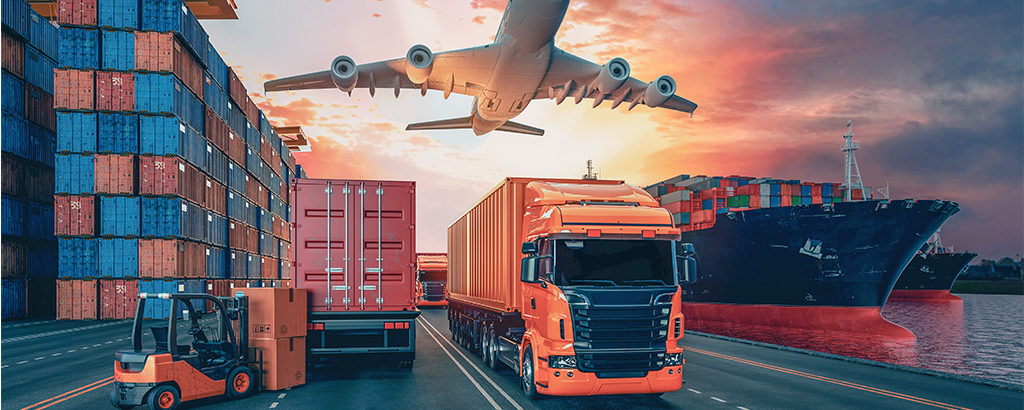
The transport industry in 2025 stands at the forefront of a sweeping technological revolution, reshaping how people and goods move across the globe. From the bustling city streets to the vast international shipping routes, innovation is rewriting the rules of TMS System . Unlike the gradual shifts of the past, today’s changes are rapid, disruptive, and interconnected. At the heart of this transformation are smart technologies, green initiatives, and a renewed focus on user-centric solutions—trends driven by both climate imperatives and consumer demands.
One of the most groundbreaking changes is the widespread integration of electric vehicles (EVs) into both personal and commercial transportation. In 2025, electric cars have transitioned from niche luxury items to mainstream options, thanks to improved battery technology, extended range, and a robust charging infrastructure that spans highways, cities, and even rural areas. Heavy industries, including freight and logistics, have also embraced electrification, with electric trucks now capable of long-haul journeys once dominated by diesel giants. These advancements are further supported by government incentives and stringent emissions regulations, which have accelerated adoption rates globally. Moreover, companies are investing heavily in battery recycling and second-life applications, making EVs not only cleaner but also more sustainable throughout their life cycles.
Autonomous transport, once a futuristic dream, is now a practical reality in many parts of the world. In 2025, self-driving taxis, shuttles, and delivery robots are no longer experimental—they’re part of daily life in smart cities. Powered by AI, machine learning, and real-time sensor networks, these autonomous systems have dramatically reduced traffic accidents and congestion. They offer improved mobility for the elderly and disabled and operate with unmatched efficiency during both peak and off-peak hours. The integration of 5G and edge computing has made vehicle-to-everything (V2X) communication seamless, allowing vehicles to anticipate road conditions, coordinate with traffic systems, and react to hazards faster than any human driver could. As trust in automation grows, regulations are evolving to support full deployment of Level 4 and even Level 5 autonomy in select environments.
Equally transformative is the rise of sustainable urban mobility. In the face of rising urban populations and the environmental toll of traditional transportation, cities have invested in integrated mobility-as-a-service (MaaS) platforms. These systems combine public transit, bike-sharing, car-sharing, and ride-hailing into a unified app-based ecosystem, allowing users to plan, book, and pay for multimodal trips in one seamless experience. Electric scooters and bikes are now part of everyday commuting, supported by expanded bike lanes and vehicle-free zones. Urban planners have embraced a “15-minute city” concept, designing neighborhoods where everything needed—work, shopping, healthcare, and recreation—is accessible without a car. This new approach to mobility promotes not just convenience, but also livability and environmental stewardship.
The transformation of air travel has also entered a new phase with the emergence of electric and hydrogen-powered aircraft. Short-haul flights are now increasingly powered by electric propulsion, reducing carbon footprints and noise pollution, while research into sustainable aviation fuel (SAF) is enabling longer flights to become greener. Simultaneously, urban air mobility (UAM) is taking flight, with electric vertical take-off and landing (eVTOL) aircraft beginning to provide short-distance air taxi services in metropolitan areas. These aircraft, once confined to prototypes, are now operational in pilot programs, offering a glimpse into a future where airborne commutes are part of the norm, not science fiction. The regulatory and infrastructural frameworks for air mobility, including skyports and dedicated air corridors, are swiftly being developed to accommodate this next wave of transport innovation.
Freight and logistics have experienced a quieter but equally profound revolution. Hyper-automation in warehouses, AI-driven supply chain management, and real-time tracking technologies have brought unprecedented efficiency. Drones now play a crucial role in last-mile delivery, especially in hard-to-reach areas, while autonomous cargo ships powered by clean energy sail across oceans with minimal crew. Blockchain technology is being used to enhance transparency and traceability in shipping, ensuring the authenticity and ethical sourcing of goods. Combined, these innovations have made supply chains more resilient, responsive, and environmentally responsible—a critical advantage in a world increasingly shaped by geopolitical uncertainty and climate volatility.
As 2025 unfolds, it’s clear that innovation in the transport industry is not merely about faster, smarter, or cleaner vehicles—it’s about reimagining the entire ecosystem of mobility. This revolution is powered by a convergence of technologies, public policy, and a shift in societal values toward sustainability and accessibility. What was once a sector focused on horsepower and infrastructure is now a dynamic field of data, intelligence, and human-centered design. The transportation industry isn’t just moving people anymore; it’s moving toward a future defined by harmony between technology, the environment, and human needs.